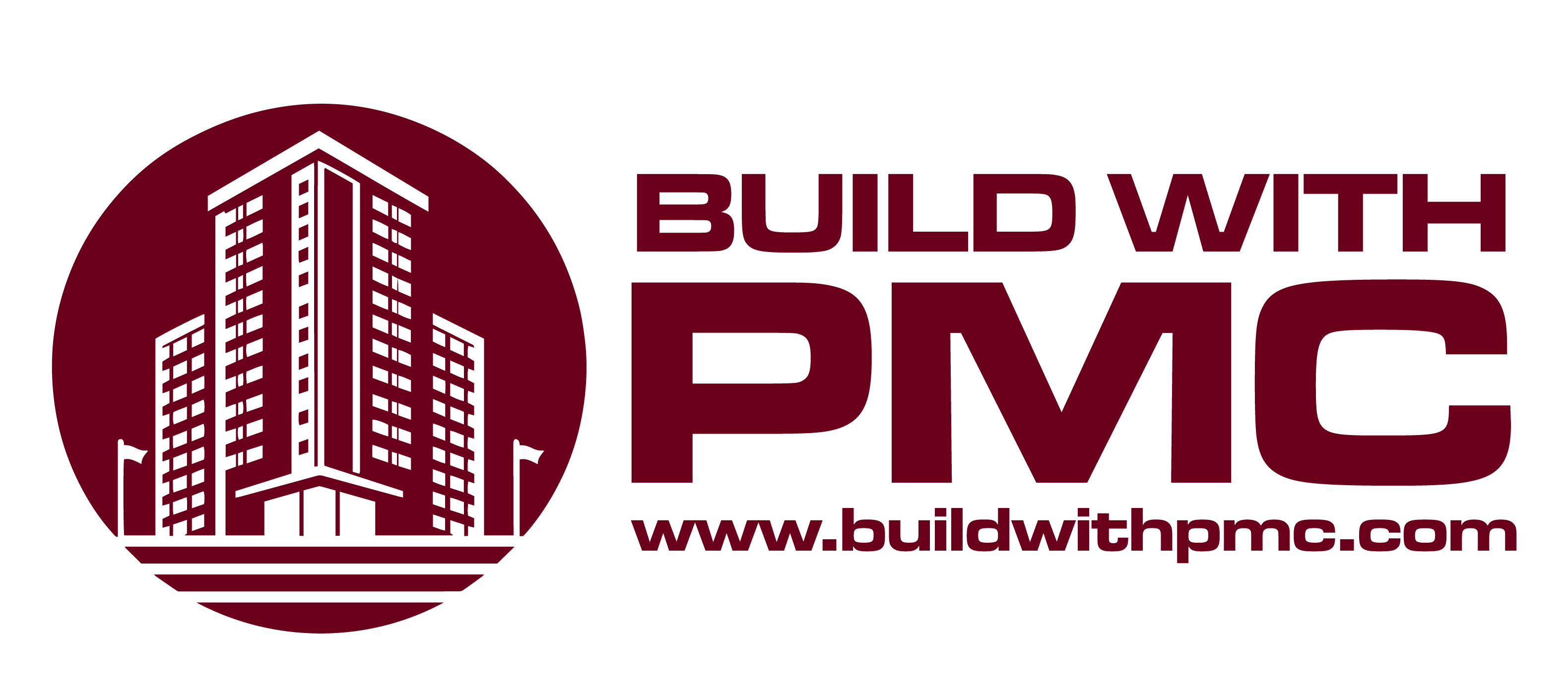In the realm of evidence-based medicine (EBM), navigating through a sea of information can be daunting. In the pursuit of precision and efficacy, practitioners must remain vigilant against common pitfalls that can obscure the path to optimal patient care. Here, we delve into the essential landscape of EBM, spotlighting the top five errors that pose significant risks to clinical decision-making. By illuminating these challenges, we empower healthcare professionals to hone their critical thinking and refine their approach, ensuring that the journey towards evidence-based practice is marked by clarity, accuracy, and excellence.
Understanding Evidence-Based Medicine (EBM)

Understanding Evidence-Based Medicine (EBM) involves grasping its fundamental principles, methodologies, and applications in clinical practice. EBM integrates the best available evidence from scientific research with clinical expertise and patient values to inform medical decision-making. This approach emphasizes the critical appraisal of evidence, including randomized controlled trials, systematic reviews, and meta-analyses, to determine the effectiveness and safety of healthcare interventions.
Key components of understanding EBM include:
Hierarchy of Evidence
Recognizing the hierarchy of evidence helps in evaluating the strength and reliability of different types of studies. Randomized controlled trials (RCTs) are typically considered the gold standard, followed by systematic reviews and meta-analyses, observational studies, and expert opinions.
Critical Appraisal Skills
Developing skills to critically appraise research studies is crucial in EBM. This involves assessing the study design, methods, results, and conclusions to determine the validity, relevance, and applicability of the findings to clinical practice.
Clinical Decision-Making
EBM provides a framework for making evidence-based decisions tailored to individual patient needs and preferences. It involves integrating the best available evidence with clinical expertise and patient values to optimize healthcare outcomes.
Bias and Confounding Factors
Understanding sources of bias and confounding factors in research studies is essential for interpreting evidence accurately. Awareness of biases such as selection bias, measurement bias, and publication bias helps in assessing the reliability of study results.
Applicability to Practice Applying evidence
In clinical practice requires considering its relevance, applicability, and generalizability to specific patient populations, settings, and contexts. EBM emphasizes the importance of translating research evidence into actionable recommendations that align with patient values and preferences.
reliability of EBM and may lead to suboptimal patient care. Here are some common pitfalls along with explanations:
Common Pitfalls in EBM Implementation

Common Pitfalls in EBM Implementation refer to the challenges and errors that healthcare professionals may encounter when applying evidence-based medicine principles in clinical practice. These pitfalls can undermine the effectiveness and reliability of EBM and may lead to suboptimal patient care. Here are some common pitfalls along with explanations:
Misinterpretation of Evidence
One of the primary pitfalls is misinterpreting research evidence due to a lack of understanding of study design, statistical methods, or clinical relevance. This can result in incorrect conclusions and misguided treatment decisions.
Selective Reporting and Publication Bias
Selective reporting occurs when only positive or statistically significant results are published, leading to an incomplete and biased representation of the evidence. Publication bias, where studies with favorable outcomes are more likely to be published, can distort the overall evidence base and lead to overestimation of treatment effects.
Inadequate Critical Appraisal Skills
Without strong critical appraisal skills, healthcare professionals may struggle to assess the quality and reliability of research studies. This can result in the adoption of flawed evidence or the dismissal of valid evidence, compromising the validity of clinical decisions.
Overreliance on Guidelines
While clinical practice guidelines are valuable tools for synthesizing evidence and providing recommendations, overreliance on guidelines without considering individual patient characteristics, preferences, and clinical context can lead to inappropriate or suboptimal care.
Failure to Incorporate Patient Values and Preferences
EBM emphasizes the importance of integrating patient values and preferences into clinical decision-making. However, a common pitfall is overlooking or underestimating the significance of patient preferences, leading to decisions that are not aligned with patient goals or preferences.
Lack of Resources and Time Constraints
Implementing EBM requires access to reliable evidence sources, time for literature review and critical appraisal, and resources for shared decision-making with patients. Limited resources and time constraints may hinder healthcare professionals’ ability to practice EBM effectively.
Resistance to Change Resistance
to change among healthcare professionals or within healthcare systems can impede the adoption of EBM practices. This resistance may stem from ingrained clinical practices, skepticism about the value of EBM, or perceived barriers to implementation.
Conflict of Interest
Conflicts of interest, such as financial relationships with pharmaceutical companies or industry-sponsored research, can introduce bias and influence decision-making, undermining the integrity of EBM implementation.
Strategies to Avoid EBM Mistakes
To ensure the successful implementation of Evidence-Based Medicine (EBM) in clinical practice, healthcare professionals must employ strategies to avoid common mistakes. By proactively addressing these challenges, practitioners can enhance the reliability and effectiveness of EBM.
- Continuous Education: Healthcare professionals should engage in ongoing education and training to improve their critical appraisal skills and stay updated on the latest research methodologies and evidence.
- Collaboration and Consultation: Encouraging interdisciplinary collaboration and seeking expert consultation when faced with complex clinical questions can help mitigate errors and ensure thorough evidence evaluation.
- Utilization of Reliable Resources: Relying on reputable evidence sources, such as peer-reviewed journals, systematic reviews, and evidence-based guidelines, can minimize the risk of encountering biased or unreliable information.
- Transparent Decision-Making: Emphasizing transparency in decision-making processes by clearly documenting the rationale behind clinical decisions and considering patient values and preferences fosters accountability and enhances trust in EBM practice.
- Implementation of Quality Improvement Measures: Healthcare organizations can implement quality improvement initiatives, such as regular audits and feedback mechanisms, to identify and address potential errors in EBM implementation and promote continuous improvement.
By incorporating these strategies into clinical practice, healthcare professionals can mitigate the risk of common mistakes in EBM implementation and optimize patient care outcomes. Through a commitment to ongoing education, collaboration, and transparent decision-making, practitioners can uphold the principles of EBM and deliver evidence-based, patient-centered care.
Conclusion
Maintaining your exterior building is crucial for both safety and aesthetic appeal. By being vigilant and avoiding common errors in EBM, such as neglecting structural steel or overlooking tenant improvements, businesses like PMC INC in Fontana can save themselves from costly mistakes. Utilizing proper OPOS techniques, investing in swing stage rentals when needed, and prioritizing commercial concrete upkeep are essential steps in ensuring the longevity and integrity of your property. Remember, proactive maintenance today prevents expensive repairs tomorrow, safeguarding your investment and reputation in the long run.



